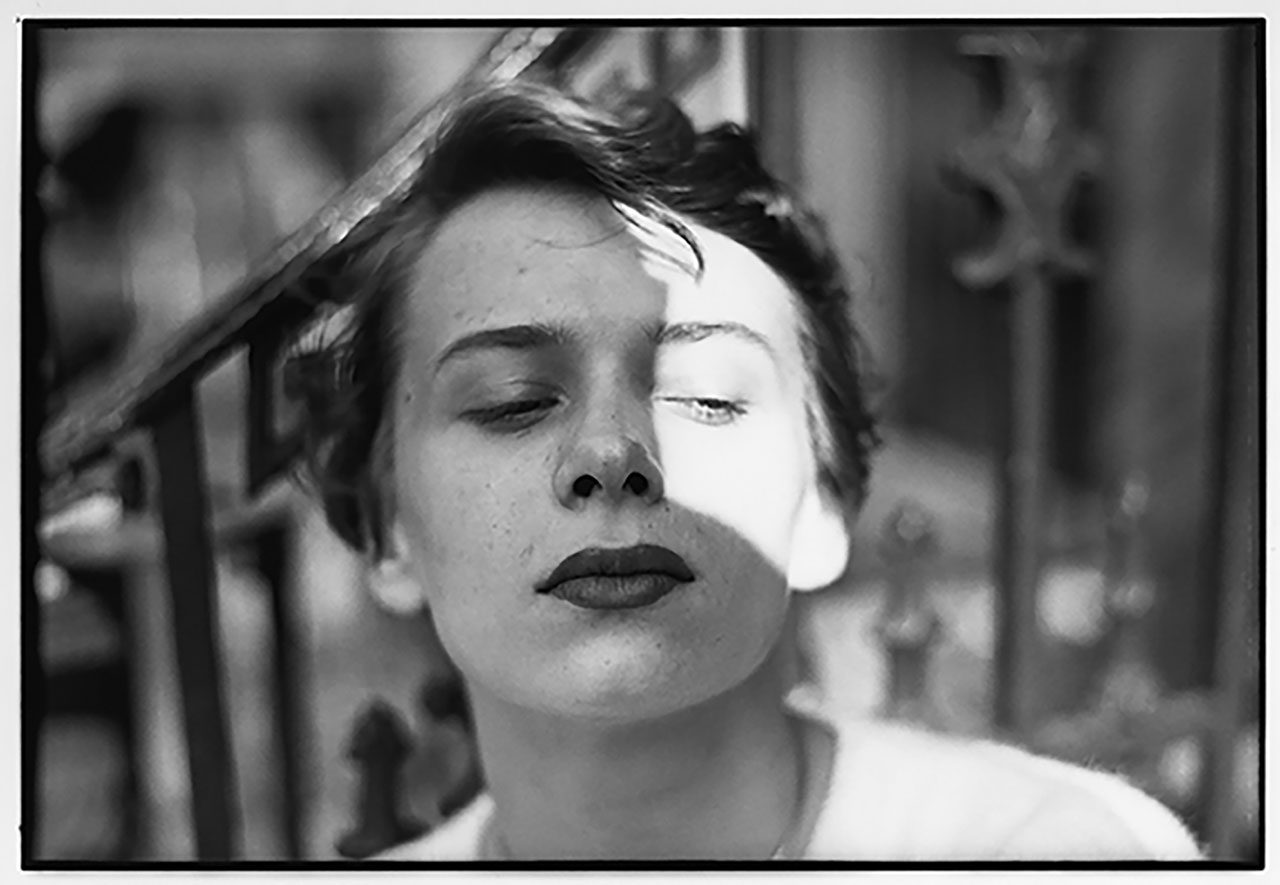PHOTO: Saul Leiter-An Unfinished World
Saul Leiter was an American artist and early pioneer of color photography. With distinctive imagery suffused with painterly qualities, he is often grouped with other photographers of the New York School such as Richard Avedon, Weegee, and Diane Arbus. His work, however, departs dramatically with that group in regard to his subject matter—an oblique mélange of New York’s streets, architecture, and inhabitants.
By Dimitris Lempesis
Photo: Foam Archive
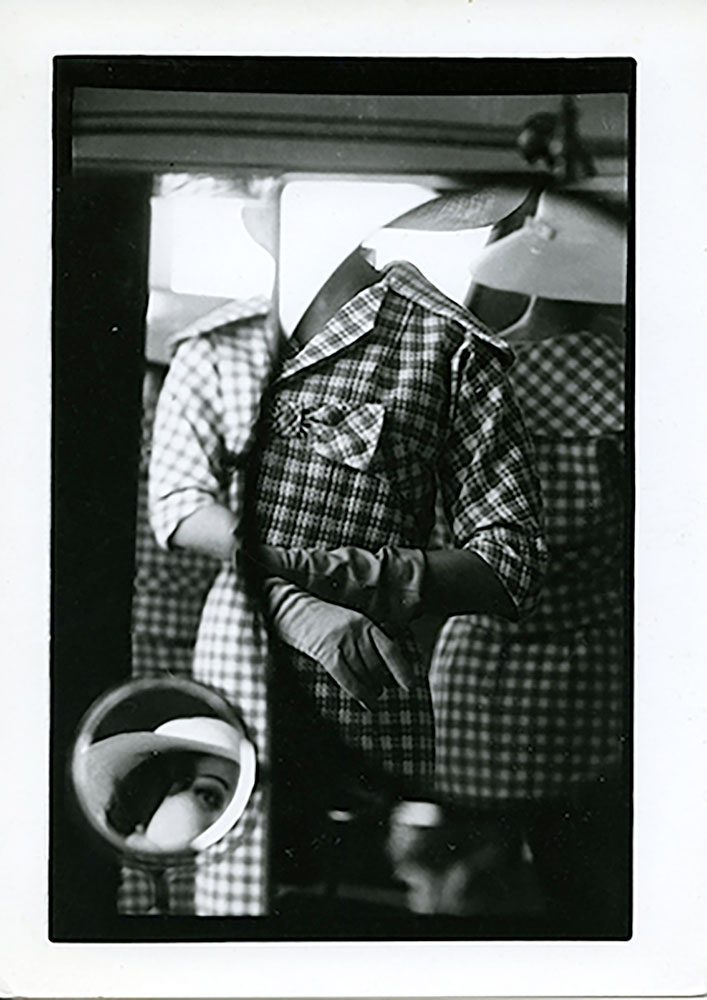
The retrospective “An Unfinished World” brings together over 200 works by Saul Leiter, consisting of photography, both black-and-white and colour, as well as his abstract paintings. His eclectic oeuvre reveals a practice using shadow, light, and reflections to craft layered compositions. Saul Leiter was a self-taught photographer whose strong sense of curiosity made him a lifelong student. He maintained his experimental and spontaneous approach throughout his career, which is evident in both his street photography and fashion work. For nearly sixty years, Leiter photographed daily, capturing everyday moments of New York City life. With various techniques and mediums, and the use of telephoto lenses, Leiter would enhance the painterly quality of his images and transform seemingly mundane street scenes into visual poetry. New York, a symbol of modernity in the 1950s, became the backdrop for Leiter’s aesthetic discoveries. By shooting in the rain and snow, and using windows and other reflective surfaces, he created abstract images. A red umbrella, a green traffic light, or the yellow flash of a passing taxi add an unexpected play of color to his photographs. In the 1940s and 1950s, Leiter was virtually the only non-commercial photographer to work in color. The use of aged or damaged film allowed him to include surprising compositions with shifts in light and color. Once lost to obscurity, his work was rediscovered in the mid 2010s for its ground-breaking role in the emergence of color photography. Saul Leiter was born in Pittsburgh in 1923. his interest in painting began in his late teens. In 1946, when he was 22, he left the theological college he was attending in Cleveland and moved to New York City to pursue painting. Shortly after his arrival he met the Abstract Expressionist painter Richard Pousette-Dart, who was experimenting with photography. Leiter’s friendship with Pousette-Dart, and soon after with W. Eugene Smith, along with the photography exhibitions he saw in New York (particularly Henri Cartier-Bresson’s at the Museum of Modern Art in 1947), inspired him. By 1948 Leiter had begun to experiment in color, sometimes using Kodachrome 35 mm film past its sell-by date. His main subjects were street scenes and his small circle of friends. Leiter made an enormous and unique contribution to photography with a highly prolific period in New York City in the 1950s. His abstracted forms and radically innovative compositions have a painterly quality that stands out among the work of his New York School contemporaries. His earliest photographs in black-and-white and color show an extraordinary affinity for the medium. Edward Steichen included Leiter’s black-and-white photographs in the exhibition “Always the Young Strangers” at the Museum of Modern Art in 1953. Steichen also included 20 of Leiter’s color photographs in his slide talk “Experimental Photography in Color” at MoMA in 1957. Starting in 1958 the art director Henry Wolf published Leiter’s color fashion work in Esquire and later in Harper’s Bazaar. Leiter continued to work as a fashion photographer for the next 20 years and was also published in Show, Elle, British Vogue, Queen, and Nova. In the early 1980s Leiter was faced with financial difficulties that forced the closure of his Fifth Avenue studio. For the next two decades he lived and worked virtually unknown. In 2006, with the help of the art historian Martin Harrison and Howard Greenberg Gallery, the groundbreaking monograph “Saul Leiter: Early Color” was published by Gerhard Steidl in Germany. What Leiter called his “little book” became an overnight sensation with worldwide distribution and firmly established the artist as an early pioneer in the history of color photography. In 2006 the Milwaukee Museum of Art held the first U.S. museum show of Leiter’s photographs. In 2008 Leiter traveled to Paris for his first European exhibition, at the Fondation Henri Cartier-Bresson. Also in 2008, Leiter had his first painting exhibition in 30 years, at Knoedler Gallery in New York. Upon his death in 2013, Leiter left behind a remarkable collection of approximately 15,000 black-and-white prints, at least 40,000 colour slides, a similar number of black-and-white negatives and over 4000 paintings, only a handful of which have been seen publicly. The offers visitors the chance to admire the endless poetry of Saul Leiter’s artistic practice through his paintings, photography and unique view on the world around him.
Photo: Ana, 1950s © Saul Leiter Foundation
Info: Foam, Keizersgracht 609, Amsterdam, The Netherlands, Duration: 24/1-23/4/2025, Days & Hours: Mon-Wed & Sat-Sun 10:00-18:00, Thu-Fri 10:00-21:00, www.foam.org/
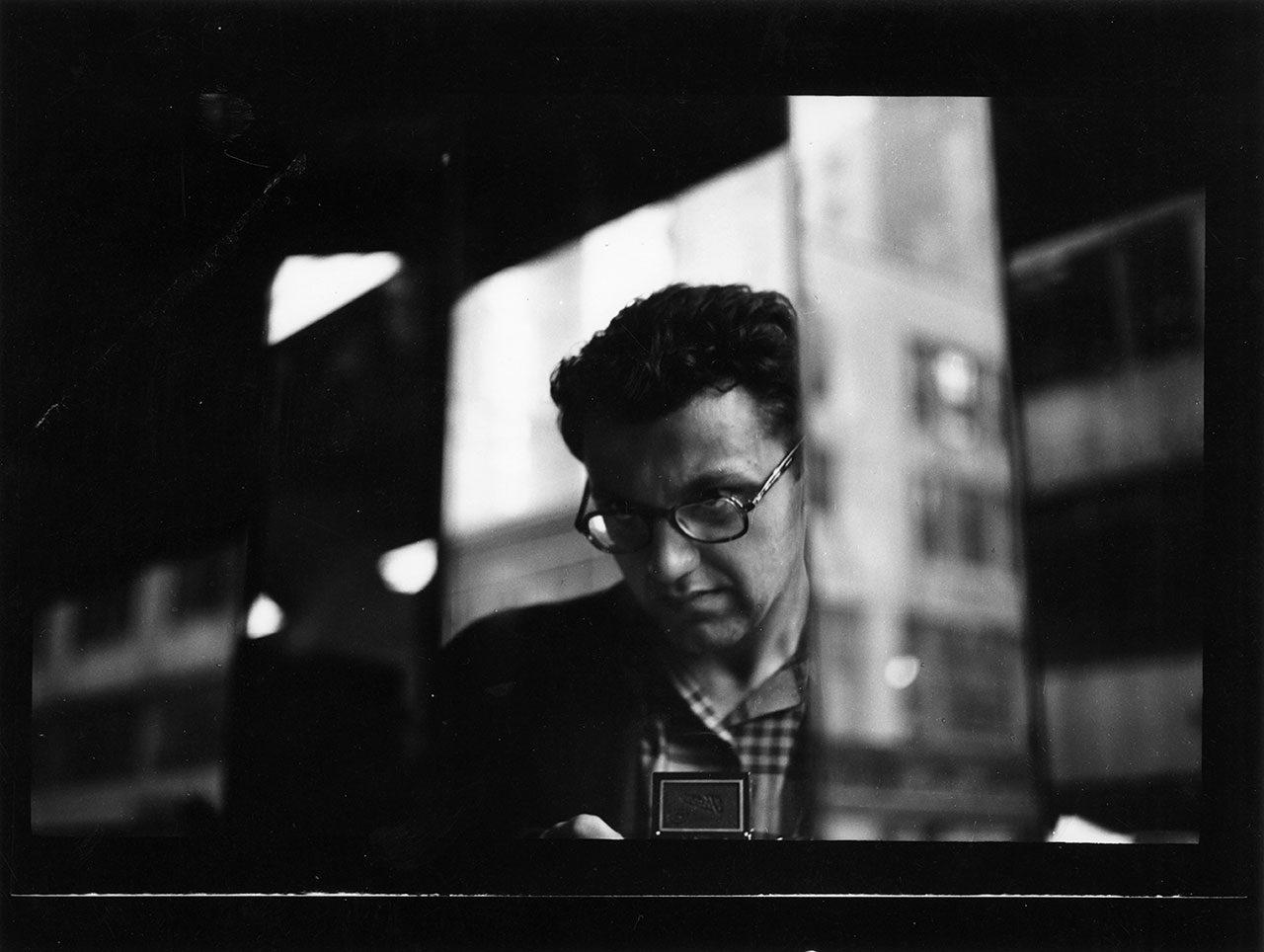
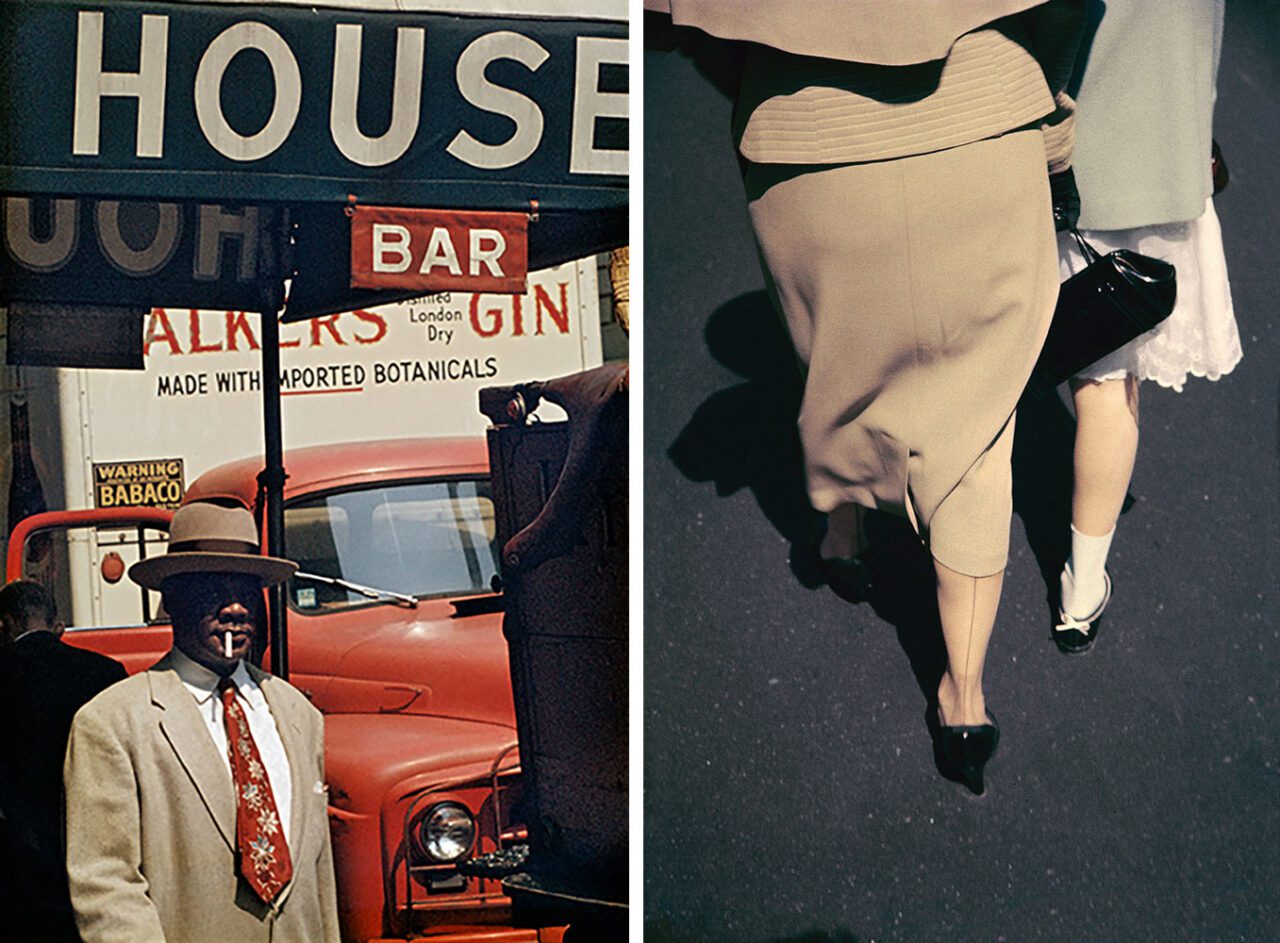
Right: Barbara and J., undated © Saul Leiter Foundation
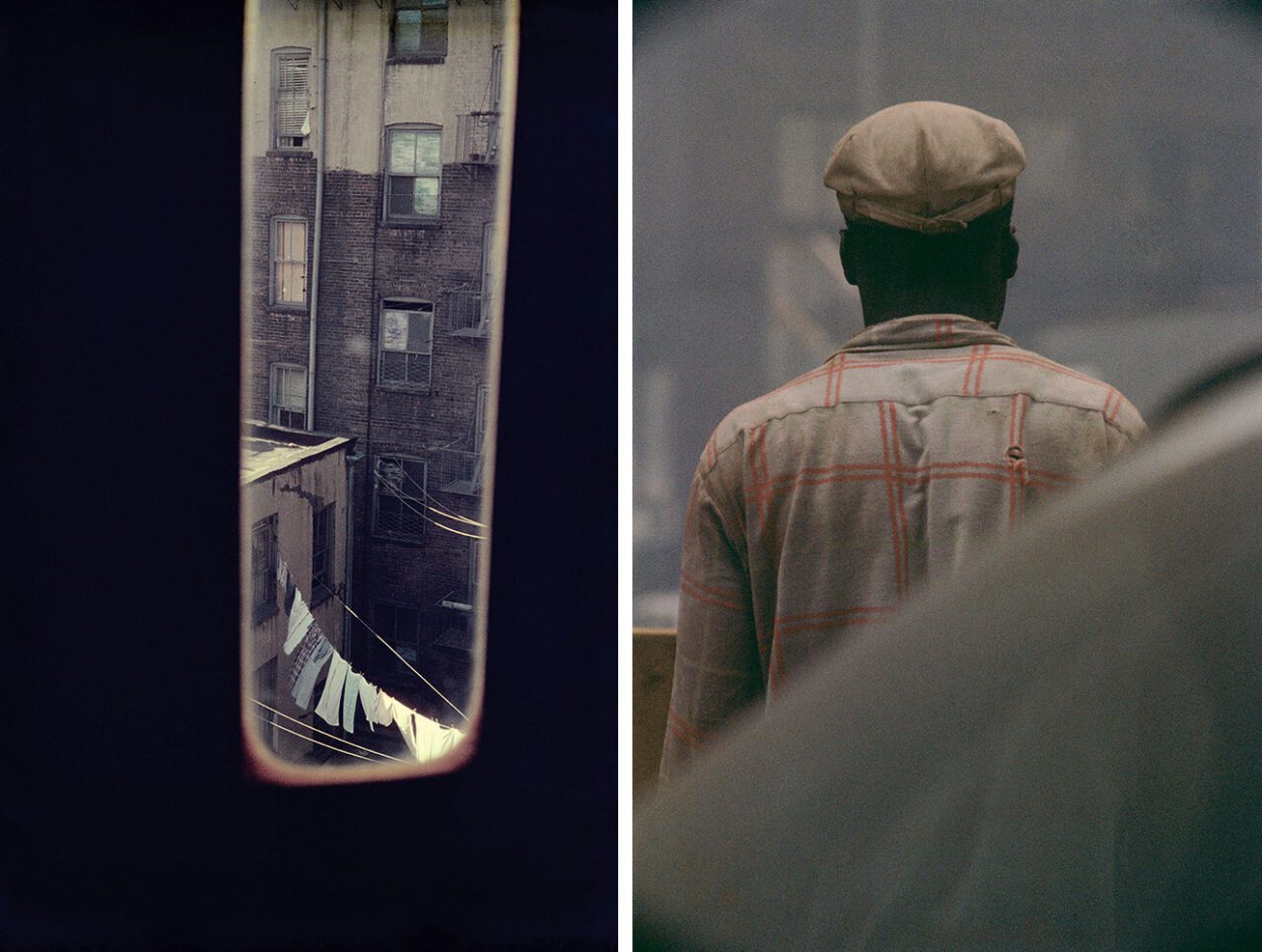
Right: Untitled, undated © Saul Leiter Foundation
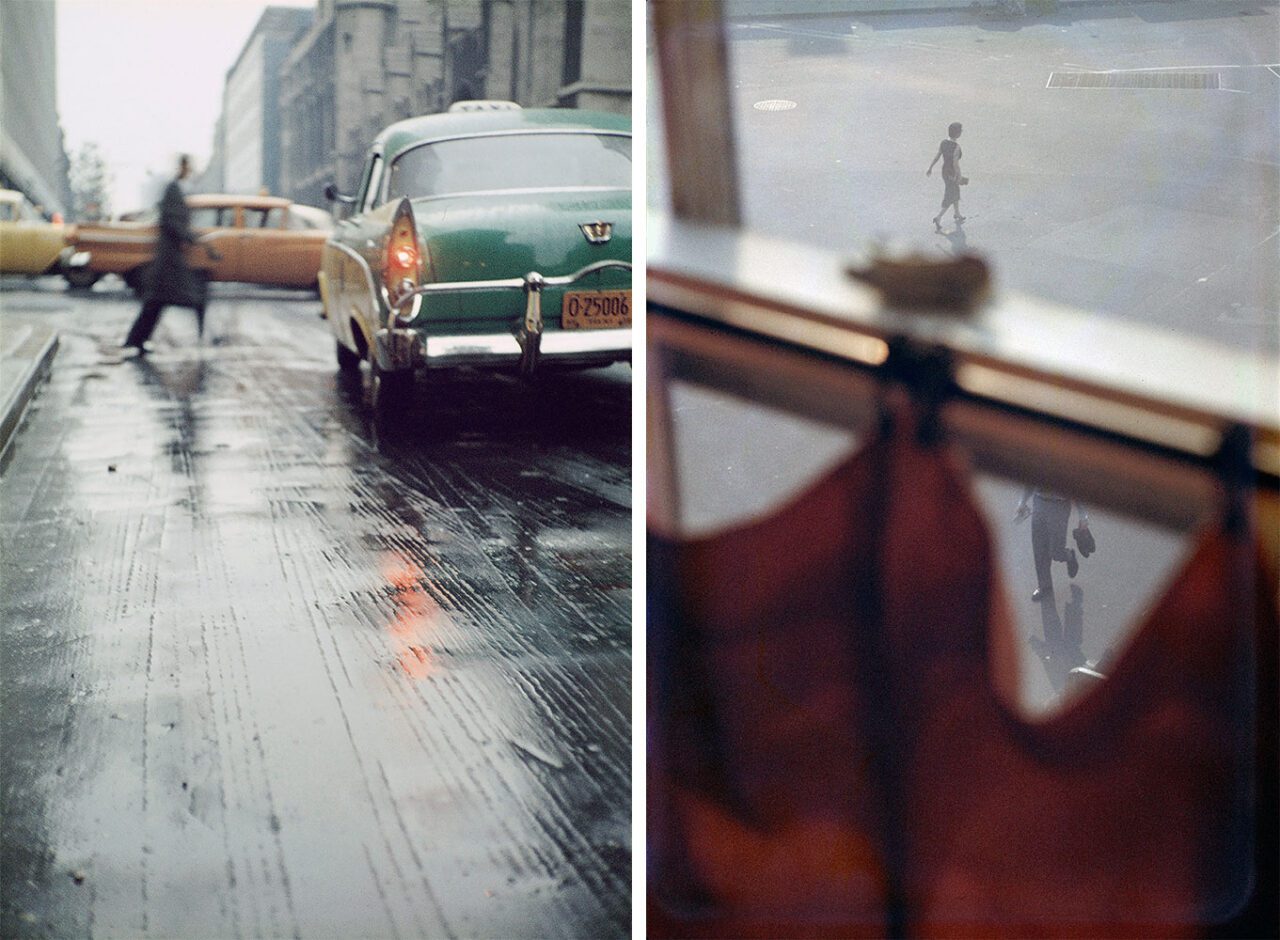
Right: Red Curtain, 1956 © Saul Leiter Foundation

